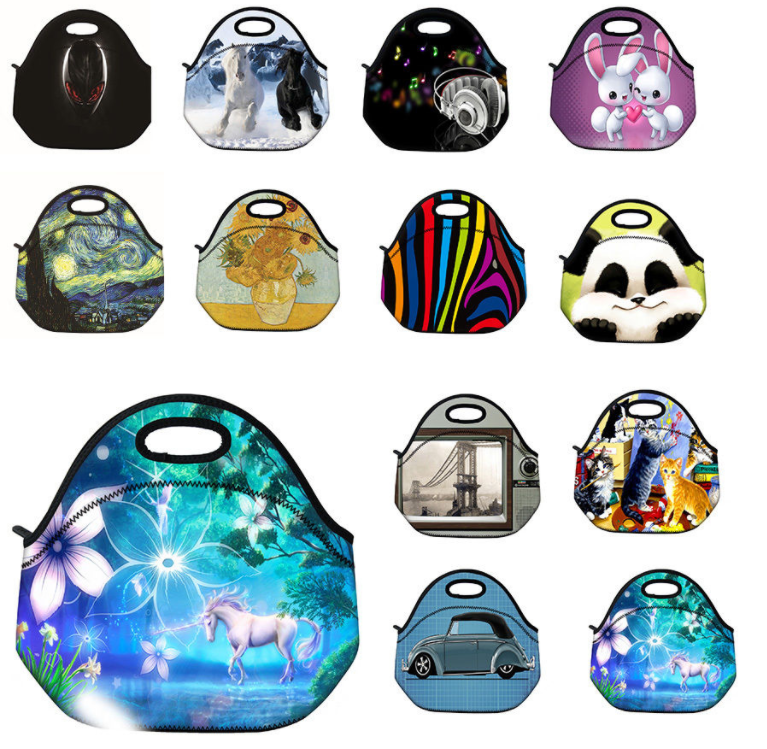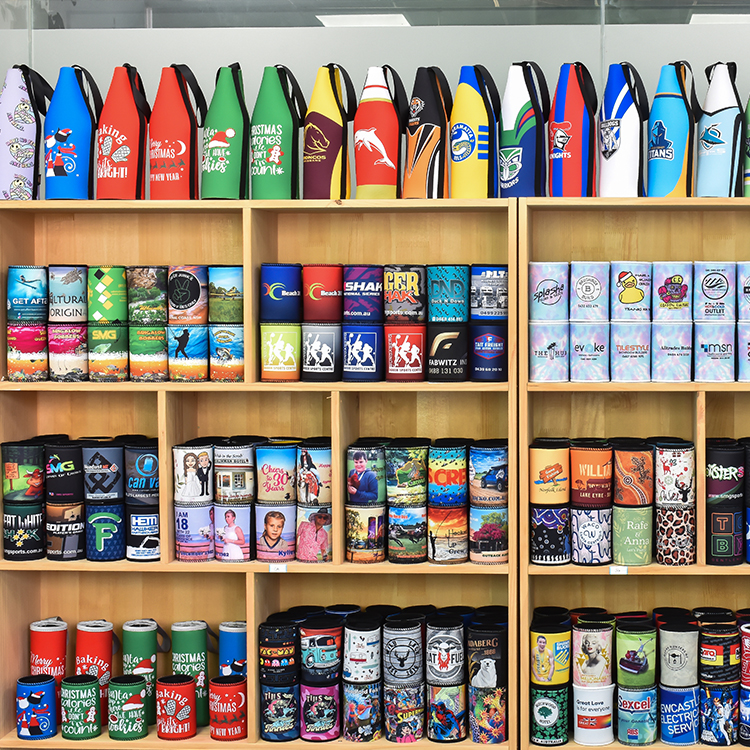Neoprene is a synthetic rubber material that is widely popular due to its many uses and beneficial properties. In this news article, we will explore the uses of neoprene and how its versatility makes it an important material in various industries.
Neoprene was developed in the 1930s by a chemist named Julius Arthur Nieuwland while working for DuPont. It is made through the polymerization process of the petroleum derivative chloroprene. The unique composition of neoprene gives it a variety of valuable properties, including resistance to oil, heat, weathering and chemicals. Additionally, it is highly stretchable and has excellent insulating properties.
One of the most famous uses of neoprene is in the manufacture of wetsuits. Its superior insulation and flexibility make it an ideal material for garments that keep divers, surfers and other water sports enthusiasts warm in cold water conditions. Neoprene's ability to provide insulation even when wet makes it a popular choice for swimwear, triathlon suits, and even gloves and boots.
In addition to water-related activities, neoprene is widely used in the automotive industry. Because the material can withstand extreme temperatures and chemicals, it can be used to make gaskets, seals and hoses. Neoprene's durability and ability to retain its shape even under pressure make it ideal for automotive applications where air- and water-tight seals are critical for proper operation.

Neoprene's insulating properties extend beyond water and automobiles. It is a common material used in the manufacture of laptop sleeves, mobile phone cases and other electronic device accessories. Neoprene's shock-absorbing properties help protect fragile electronics from potential damage from bumps and drops. Plus, its dust and moisture resistance adds an extra layer of protection.
Another industry that has greatly benefited from neoprene is the medical industry. The material is used to make orthopedic braces, braces, and even prosthetic limbs. Neoprene's stretchability and ability to conform to a variety of body shapes make it ideal for these applications. Additionally, neoprene is hypoallergenic, minimizing the risk of allergic reactions in patients.



Neoprene’s versatility also extends to fashion and apparel. Neoprene fabrics are becoming increasingly popular in the textile industry due to their exceptional durability, elasticity and ability to maintain shape. Neoprene is used to make high-performance sportswear, shoes, belts, and even handbags. Its ability to provide support, stretch and maintain shape is favored by fashion designers and consumers alike.
Additionally, neoprene is used in various industrial applications. The material is resistant to oils, chemicals and extreme temperatures, making it an important component in the manufacture of industrial gloves, conveyor belts and hoses. Its flexibility and durability make it an excellent choice for protecting workers in hazardous environments.
In summary, neoprene is a synthetic rubber material that has a wide range of applications in different industries. Its unique properties, including insulation, flexibility, durability and resistance to the elements, make it a highly sought-after material. Whether it’s keeping divers warm, protecting electronics, assisting with medical support, enhancing fashion or playing a key role in industrial settings, neoprene continues to prove its worth as a versatile and valuable material.
Post time: Sep-14-2023



